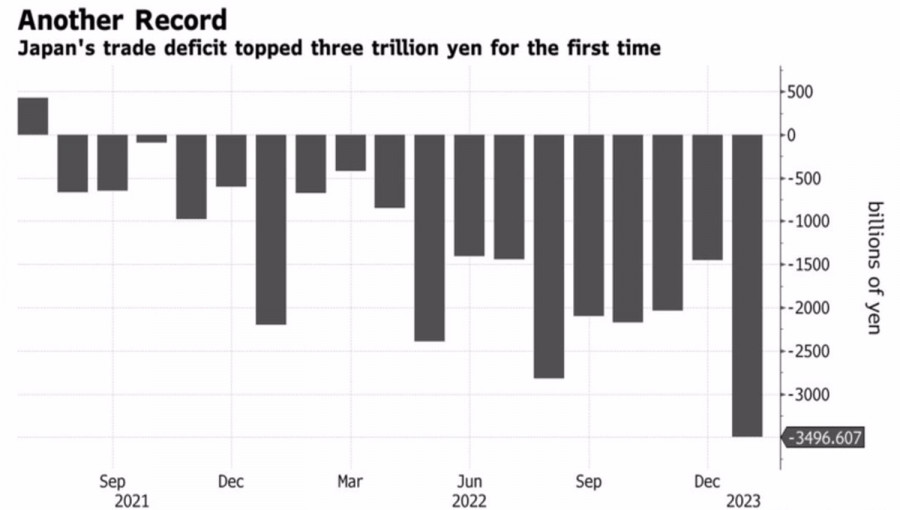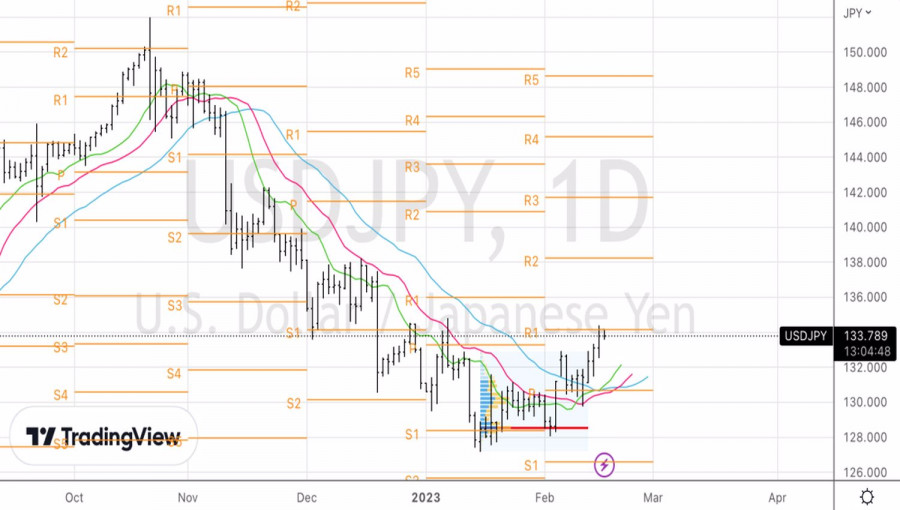
A new broom sweeps clean. Kazuo Ueda's rise to power at the Bank of Japan was greeted with enthusiasm by fans of the yen. The former board member is considered more "hawkish" than Governor Haruhiko Kuroda or Deputy Governor Masayoshi Amamiya, whom investors predicted for the post. At the same time, whoever leads the BoJ, the regulator's decisions will be dictated by incoming data, which so far does not please the USDJPY bears.
Ueda is notable for his ability to find a compromise. He believes that Japan's weak economy requires monetary stimulus but, at the same time, sympathizes with bankers who complain that low rates reduce their profits. He demonstrates familiarity with the theories that high public debt is not a problem but nods to fiscal "hawks" who fear that the indicator may get out of control.
The new governor of the Bank of Japan has a tough job to do. Starting with normalizing monetary policy, including abandoning control of the yield curve, raising the overnight rate, and reducing the overly bloated balance sheet. The slightest error along the way is fraught with serious turmoil in the financial markets. And investors are already showing concern, as reflected in the increased volatility of the yen.
Dynamics of the volatility of the yen and the foreign exchange market

Kazuo Ueda seems a slippery type. It is premature to expect that a difference in his views from Kuroda's stance, confident that inflation will slow down on its own, will initiate normalization. The new head of the BoJ got a troubled economy, which grew 0.6% in the fourth quarter, against a projection of 2% by Bloomberg experts. Japan's foreign trade deficit reached a record high of £3.5 trillion in January. Export growth slowed sharply to 3.5%, while imports, on the contrary, accelerated to 17.8% amid expensive energy supplies.
Dynamics of the trade balance of Japan

If the economy continues to show signs of weakness, then Ueda will have no choice but to stimulate it. With the Fed ready to raise the federal funds rate to at least 5.25%, monetary policy divergence is calling USDJPY upward. But the derivatives market gives a 50% chance of three acts of tightening the Fed's monetary policy at 25 bps each: in March, May and June. If all this happens, the U.S. dollar will continue to strengthen.

The strength of the U.S. economy also speaks in favor of a continued USDJPY rally. An impressive gain of 517k in January employment was accompanied by the fastest 3% month-on-month increase in retail sales in two years and the first increase in industrial production in three months.
Technically, the pullback from fair value triggered a USDJPY correction and gave us a good chance to form longs from the 128–128.5 area. Overcoming the 134.2 pivot level will allow them to build up towards 135.9 and 138.2.